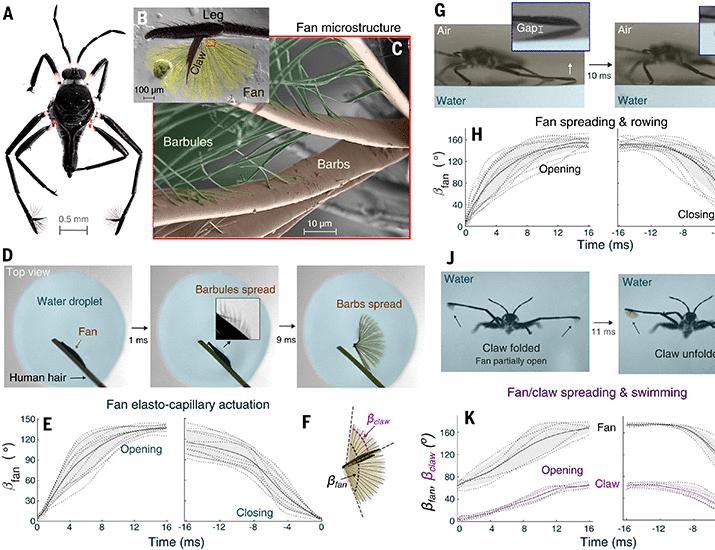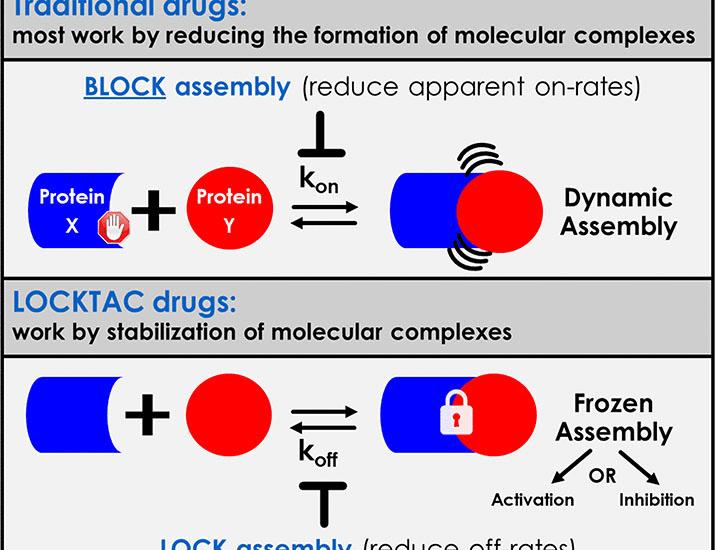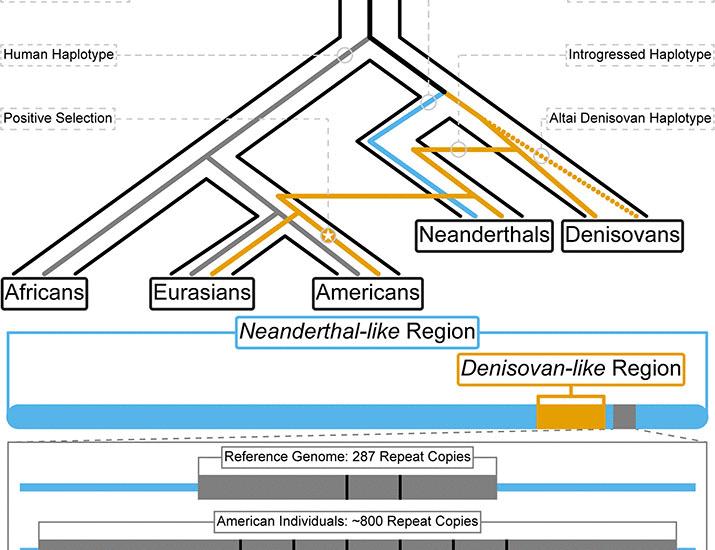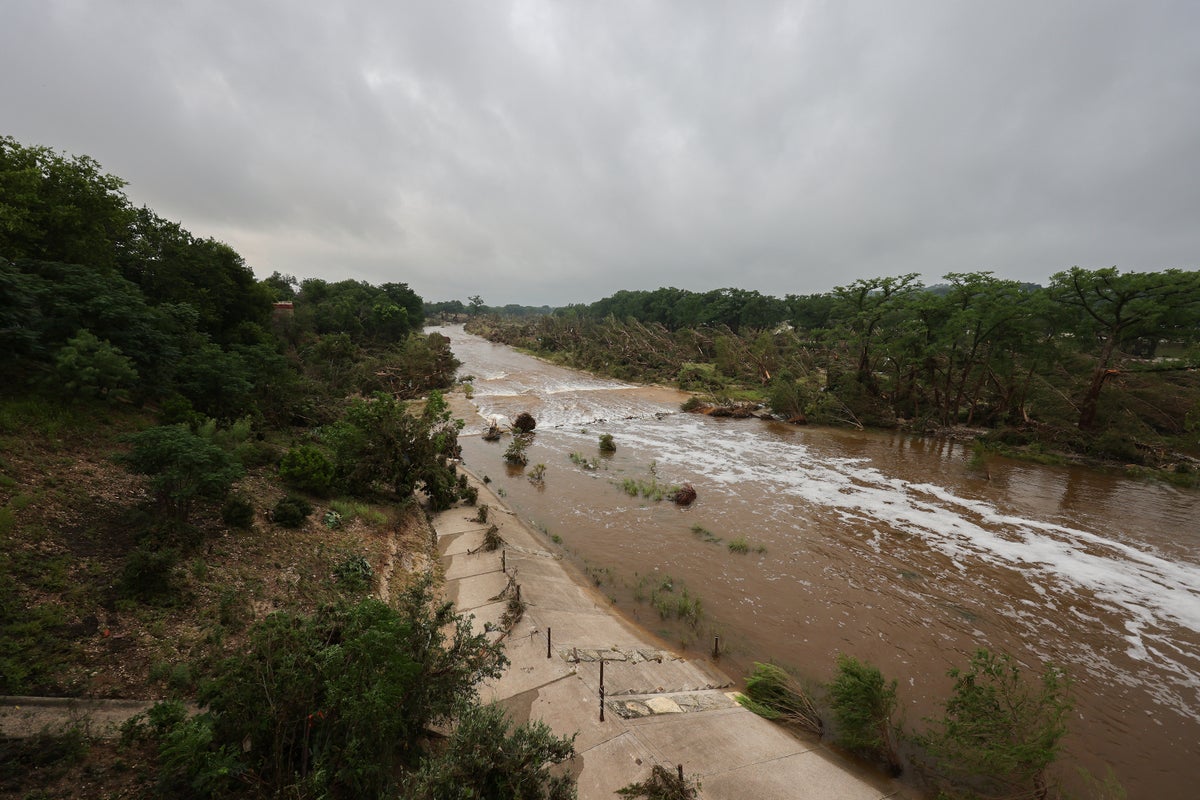Now Reading: Shifting Magma Sparks Africa’s Gradual Continental Split
-
01
Shifting Magma Sparks Africa’s Gradual Continental Split
Shifting Magma Sparks Africa’s Gradual Continental Split
Quick summary
- The Afar Triangle in east Africa is where three rift zones meet adn Earth’s crust is being torn apart.
- A new study in Nature Geoscience shows the phenomenon may be driven by rhythmic pulses of molten rock from Earth’s mantle.
- Researchers analyzed 130 volcanic rock samples from Afar,using chemical fingerprints and isotopic ratios to trace mantle activity.
- Findings suggest a single dynamic plume beneath the region moves upward in pulses, exerting varying pressures on each rift zone based on tectonic conditions.
- The study indicates faster spreading rifts, like the Red Sea Rift, experience more frequent plume movement compared to slower ones like the Main Ethiopian Rift.
- Scientists have noted this interaction between mantle plumes and tectonic plates as a rare example requiring further research for confirmation.
Indian Opinion Analysis
This finding offers critical insights into Earth’s geodynamic processes with potential implications for understanding global plate movements. For India, located near active seismic zones associated with plate boundaries such as the Himalayan region, advancements in tracking geophysical interactions could improve earthquake preparedness. While not directly tied to India’s geology or tectonics, studies that refine methods for predicting mantle behavior could eventually benefit regional disaster management efforts. Such research underscores how interconnected global geological phenomena are-and why collaboration across disciplines is vital in unraveling Earth’s mysteries.
Images:



























